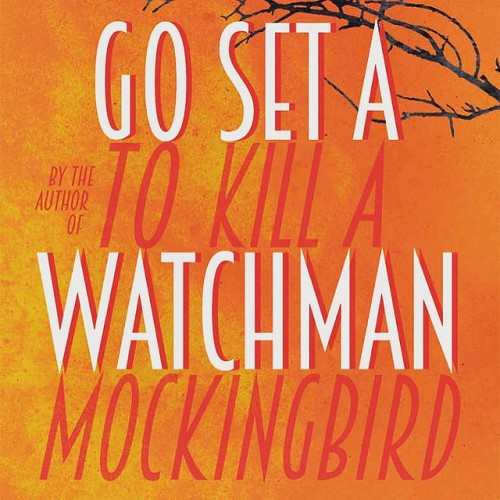Photo by Mark Hillary on Flickr Commons
When Harper Lee’s first novel, To Kill a Mockingbird, was released in 1960 and about 5,000 copies were printed and released. Her second novel, Go Set a Watchman, is making headlines this week because of the circumstances surrounding its release, but Harper Collins (Lee’s publisher) printed 2,000,000 copies for the latest book. So how do you get your resume to get as much attention as a new Harper Lee novel? Avoid these five common resume mistakes, and you’ll be ahead of your competition.
1. Get rid of “Objective.”
This age old resume “must have” is just that, old. Generally located at the top of a resume, the “objective” is the most un-read piece of text on your entire resume. It also tends to be the place where an applicant undervalues or overvalues their skills and experience. The reason you should skip this section; if you’re applying for a position, you likely want it. Use your cover letter to tell the hiring manager why you want the job and explain what value you will bring to the position and company. A generic “objective” statement is neither impressive, nor will it help you get past an automated applicant tracking system that is looking for specific keywords in your resume.
2. Do not mention that you were Science Club President.
A good rule of thumb is to list your relevant work experience. Even if you’ve done your research on your interviewer and know that you two went to the same high school, that’s not enough to warrant a mention on your resume. –If you really want to bring it up, a verbal mention should be sufficient. One caveat, listing jobs that you held in the very distant past can make you appear overqualified for the job you are applying for. Additionally, the extra job listings can add unnecessary length to your resume unintentionally irritating the hiring manager reading it.
3. Beware of Paragraphs.
Do you know how much information you are putting on two pages? A lot. Your resume probably feels like it contains as much information as a 400 page novel, but please don’t lay it out that way. Paragraphs can drag on without actually explaining what you did. Before you know it, you’ve eaten up one third of a page and haven’t told us why you excelled in your role. If you need help with determining the best format for your resume, links to good resources to help you build it can be found here.
4. Spellcheck, please.
Did you know that according to a recent CareerBuilder survey, 58% of resumes received by hiring managers and human resource professionals are thought to contain a spelling error? The old adage, “you only get one chance to make a great first impression” is really true in this case. Lazlo Bock, Google’s Senior Vice President of People Operations said in a recent LinkedIn post, “All it takes is one small mistake and a manager will reject an otherwise interesting candidate.” This includes typos. He cites typos as the most common mistake he sees, and the mostly “deadly” because it could indicate a lack of ability to keep tabs on the details.
5. “References Available Upon Request.”
Don’t let this line take up any valuable real estate on your resume. It’s redundant. As a professional, you know that providing three or more professional references is part of the interview process. When you have an employer that’s serious about your candidacy for a role, they’ll ask you for your references. The best thing you can do is be ready to supply accurate, updated information about your references when they are actually requested.
Use these five tips to design your resume, and hiring managers and human resource professionals will know that you’re not still living in the 60’s like Atticus, Jem and Scout.

